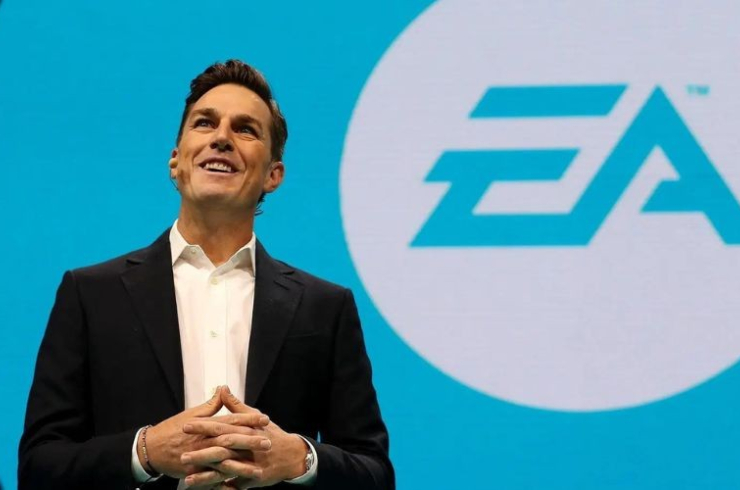- 15-05-2024
EA's Advertising Aspirations: A Bold New Frontier or a Player's Dilemma?

The inclusion of advertisements within video games is not an entirely new concept, yet it remains a controversial one. Recent remarks from EA’s CEO, Andrew Wilson, during an earnings call with investors send a strong signal that the gaming giant is venturing further into integrating ads within its games, weaving them into the fabric of both existing titles and future releases. This revelation has sparked a flurry of debate regarding the balance between business innovation and maintaining a positive player experience.
Wilson's commentary offers a glimpse into EA's strategy: exploring nonintrusive ad implementations that enrich games rather than detract from them. This approach seeks to maximize the vast engagement hours players spend within EA's ecosystems, considering this engagement as prime real estate for potential advertising. While some gamers may shudder at the prospect, it's crucial to note that integrated advertisements are not entirely alien to the industry. Titles from various genres have successfully included brand promotions without breaking immersion or affecting gameplay, suggesting a template already exists for what EA aspires to achieve.
However, EA's past experiments, such as the intrusive full-screen ads in UFC 4, which were later removed after public backlash, serve as cautionary tales of what can go wrong when execution misses the mark. This history raises questions about how EA plans to implement ads thoughtfully, as promised by Wilson, and whether the company's vision can be aligned with player expectations. A delicate balance needs to be maintained so that ads enhance rather than interrupt gameplay.
Critically, the integration of advertisements within AAA titles, especially those commanding premium purchase prices, marks a significant shift in how content is monetized post-purchase. It represents a potential turning point for the industry, where the gameplay experience could increasingly be shaped by advertising revenues. This evolution demands a dialogue between game developers, publishers, and the gaming community to establish norms that protect the integrity of the gaming experience while allowing innovation in game financing models.
In conclusion, EA's exploration of in-game advertisements is a testament to the changing dynamics of game development and monetization. While the approach holds promise for opening new revenue streams and potentially funding more ambitious projects, it risks alienating a player base accustomed to ad-free environments in premium games. EA's results in this territory are likely to be a benchmark for the industry, illustrating the potential benefits and pitfalls of combining advertising with interactive entertainment. The gaming community, thus, finds itself at a crossroads, watching closely as one of its leading figures charts a course that could redefine the very essence of playing video games.